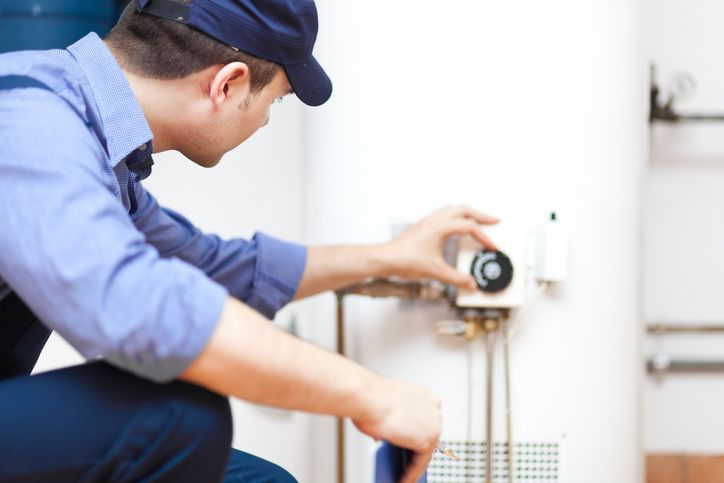- Home
- How to
- How to
- Services
- Services
- Maintenance Plan
- Location
- Guides
- Guides
- No Hot Water – Self help
- Unvented Water Heater
- Unvented Water Heater Faults
- G3 Building Regulations
- Thermal Store Water Heaters
- Thermal Store Faults
- Gledhill ElectraMate
- Gledhill PulsaCoil
- Gledhill Torrent
- Gledhill Stainless Lite
- OSO Unvented Heater
- MegaFlo – Heatrae Sadia
- Santon Premier Plus
- Albion
- Manco Riverstream and Powerstream
- Manco Gladiator & Stirling
- Telford Tempest
- Safety Considerations Unvented Cylinders
- Reduce Your Water Heating Bill
- Range Tribune
- About Us
- About us
- Forum
- Contact

-
Call Now
Specialists in Electric Hot Water Cylinders
How to Use Your Water Heater’s Tundish
Most homeowners put little thought into how to use their water heaters. These appliances are designed to be hands-off and require very little attention during their lifespans. In fact, most people only know how to check and set their thermostats, but there are many other features that you should understand. One of those is your water heater’s tundish.
What Is a Tundish?
A tundish is a safety device. It’s built into your water heater to help you detect leaks and to know when to call for repairs or replacement of your cylinder. It looks like a plastic cone, and it fits between two pieces of pipe, one that comes out from the water heater, and the other that leads to a drain.
How to Use Your Tundish
Using a tundish is very simple. In fact, there’s nothing you need to do but visually inspect it! There are no moving parts to replace and no switch to turn on or off. The plastic cone features a window that lets you see inside. The empty space within is called an air gap. What you’re looking for is water dripping between the upper pipe and the lower pipe.
Here are your step-by-step instructions to use the tundish:
1. Make sure you have a light source in case the area around your water heater is dimly lit. A handheld torch is sufficient.
2. Locate your tundish. It should be easy to spot and will be located on the bottom one-third of the water heater.
3. Make sure you can see clearly through the tundish/air gap. You may need to clear away cobwebs and dust if it’s been some time since you last checked.
4. Watch for any signs of water, such as drips or a small flow. There should be no water flowing in the tundish.
5. Inspect the tundish for any moisture. It should be completely dry.
6. If you notice any moisture, drips of water, or other signs, call for service immediately.
What’s the Point of the Tundish?
Your water heater’s tundish is a safety device, as mentioned. What it is designed to do is help you spot signs of leaks before they become catastrophic. If left unchecked, small leaks can develop into big ones. Moisture can easily damage the structure surrounding your water heater, including causing wood flooring to rot, and creating mould problems.
Whom to Call
If you have an unvented cylinder, you should only call a G3-qualified engineer. Under UK regulations, only engineers who’ve earned their G3 qualifications are allowed to service, repair, maintain, or install unvented cylinders for safety reasons.
At EasyFlow, our entire team is made of G3-qualified engineers. We have years of experience working with customers to locate, identify, and repair leaks. In the event that the leak cannot be repaired or if your unvented cylinder is nearing the end of its life and needs to be replaced, we can recommend a highly efficient replacement option from top brands in the nation. Call us today to schedule a check-up!
Iain, Nantwich
13 October 2025
Annual Service
Excellent service as always.. Highly recommendable.
Peter , Nantwich
16 September 2025
Annual Service
Very pleased with all aspects of the work completed by your knowledgeable staff.
Barry, Royton
13 June 2025
Replacement Valves
Tom, Manchester
20 May 2025
Replacement Valves
Raymond, Lancashire
1 May 2025
Annual Service
Vickie, Didsbury
10 April 2025
Annual Service
Raymond, Reddish
17 March 2025
No Hot Water
Brenda , Liverpool
12 February 2025
Installation
Gianfranco, Uk
18 February 2025
Annual Service
As always the serrvice was done efficiently and the surrounding area left clean and tidy.
Anne, Manchester
30 January 2025
Annual Service

© 2026 EasyFlow Water Limited. All rights reserved








Find out what our clients are saying about the services we provide
Click to view